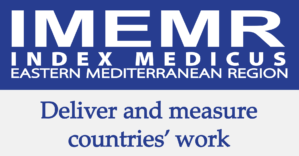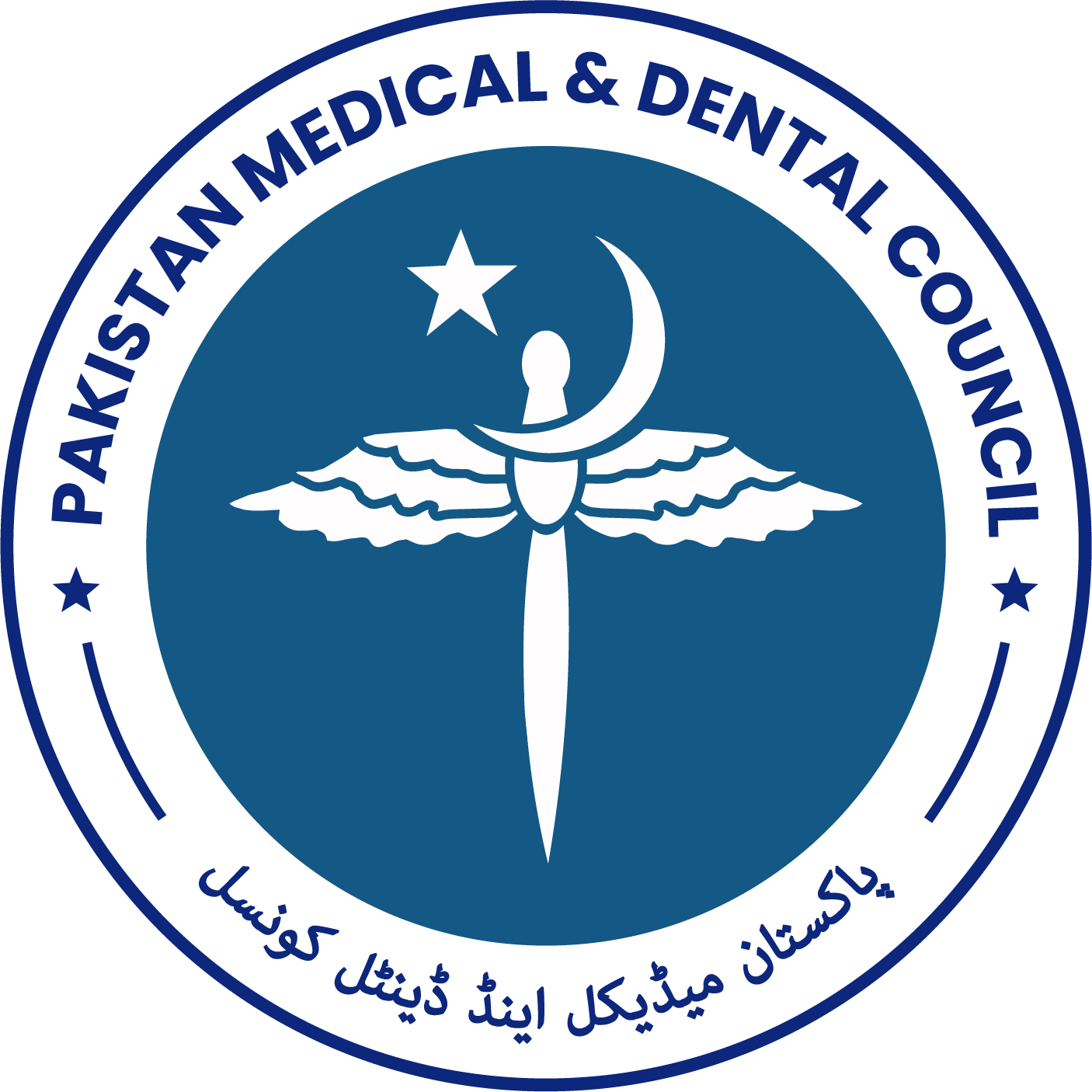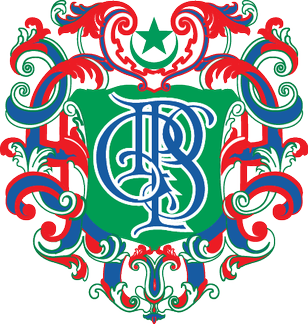Difference in the Characteristics of Imposter Syndrome in Dental Students of Preclinical and Clinical Phase
DOI:
https://doi.org/10.53685/jshmdc.v2i1.19Abstract
Background: People suffering from imposter syndrome despite being competent consider themselves less skillful and incapable. Such individuals are also more prone to regret their choice of career with consequent early drop out, experience burnout, more prone to medical errors, absenteeism and low job satisfaction. The current study aims to determine the difference in the characteristics of imposter syndrome in dental students of preclinical and clinical phase and its gender predisposition.
Objectives: 1. To find out the frequency and characteristics of imposter syndrome among dental students. 2. To evaluate the differences in the characteristics of imposter syndrome among dental students of preclinical and clinical year. 3. To determine gender predisposition of imposter syndrome among dental students.
Methods: The cross-sectional study was conducted on 138 dental students of CMH Lahore Medical and Dental College. A validated questionnaire (Clance IP Scale) containing 20 items with 5-point Likert scale was used to collect data by convenient sampling technique. The characteristics of IP were determined by adding the scores of all items. Descriptive statistics were done, chi-square applied, p-value <0.05 was considered significant.
Results: One hundred and thirty-eight students filled the IP Scale. The frequency of imposter syndrome is found to be 52.1% among Dental Students. Majority (72) of the dental students have frequent to intense imposter feelings. There is non-significant difference in the IP characteristics of male and female students. No significant difference in the characteristics of imposter syndrome is found between dental students of preclinical and clinical year.
Conclusions: There frequency of imposter syndrome is high among Dental students. Non-significant difference in the IP characteristics is found between male and female students as well as students of preclinical and clinical year.
Downloads
Published
How to Cite
Issue
Section
License
Copyright (c) 2021 Munsara Khalid Khan, Khalid Rahim Khan

This work is licensed under a Creative Commons Attribution-NonCommercial 4.0 International License.
You are free to:
- Share — copy and redistribute the material in any medium or format
- Adapt — remix, transform, and build upon the material
- The licensor cannot revoke these freedoms as long as you follow the license terms.
Under the following terms:
-
Attribution — You must give appropriate credit, provide a link to the license, and indicate if changes were made. You may do so in any reasonable manner, but not in any way that suggests the licensor endorses you or your use.
-
Non Commercial — You may not use the material for commercial purposes.
-
No additional restrictions — You may not apply legal terms or technological measures that legally restrict others from doing anything the license permits.




















